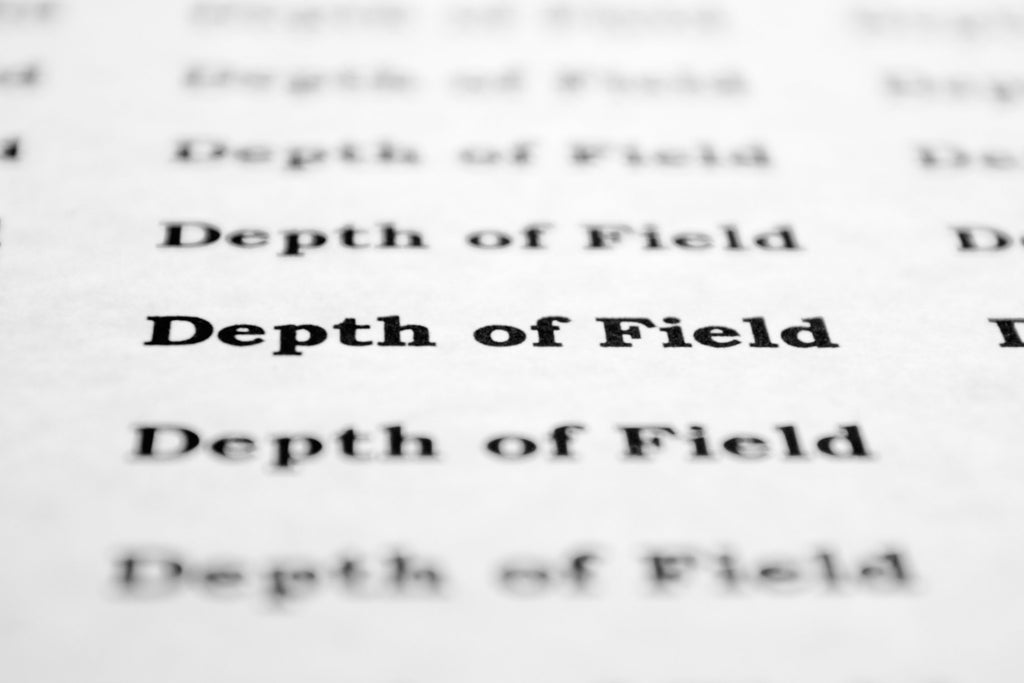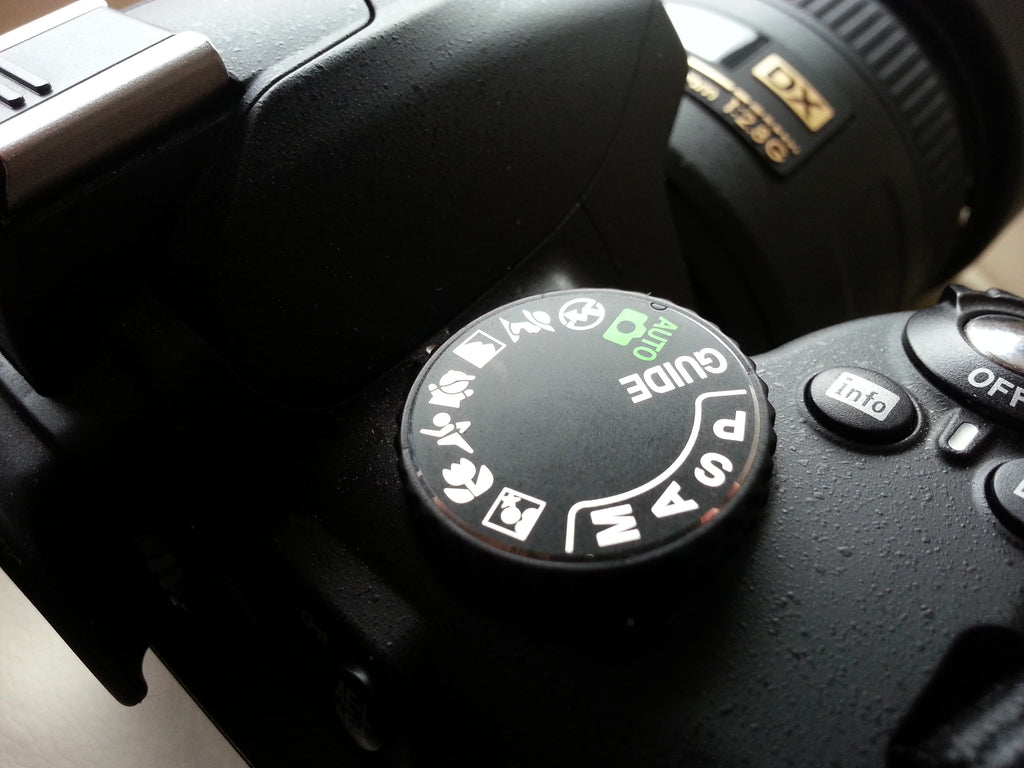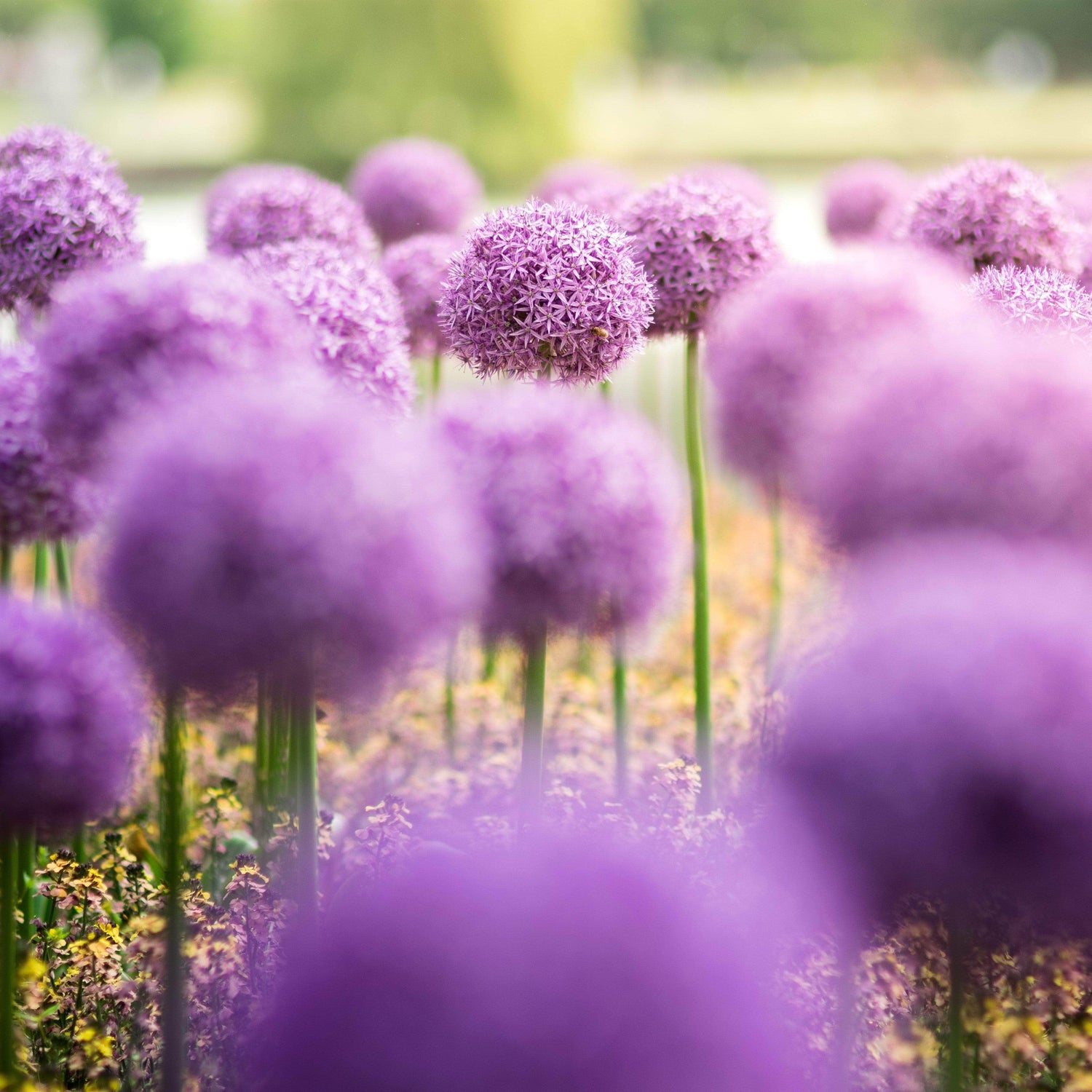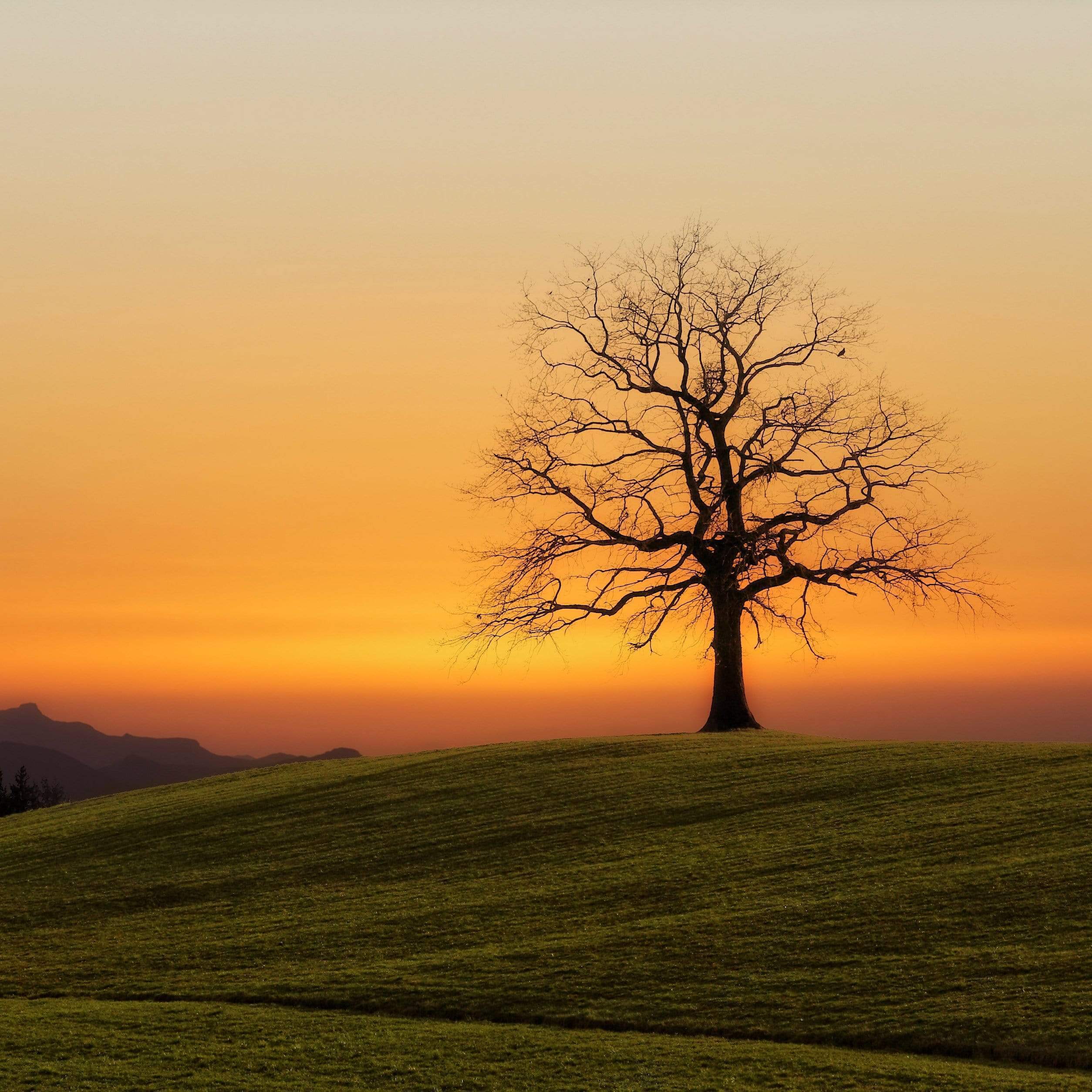
Understanding depth of field can really help improve your photography!
Stripped down to the simplest of terms, depth of field in photography is the area of a photograph that is in focus. A photograph can have a large depth of field where everything in the image is in focus or a shallow depth of field, where a specific subject is in focus and the background or foreground is blurred (most commonly the background).
Depth of Field Examples
Let’s take a look at two examples of depth of field:

This photo has a large depth of field – nearly everything within the frame is in focus.
The image above has a large depth of field, both the foreground and most of the background are in focus. If you want to draw attention to everything within a photo, such as with landscape photography or, in this case, the second child’s facial expressions as she climbs out of the water, it is a good idea to shoot with a large depth of field.
The image below is an example of shallow depth of field where only the puppy in the foreground is in focus.

This photo has a shallow depth of field – only the subject is in focus.
Using a shallow depth of field is a wonderful way to eliminate distracting backgrounds and to emphasis a particular subject, and is often a technique used in portrait photography or when photographing flowers and other small subjects. Take a look at the photograph of the puppy again. If this photograph had a large depth of field, your eyes would stray from the subject and focus on the objects in the background.
So, how do you manipulate the depth of field in your photographs? There are various things you can try, but here are a few basic techniques that require little or no understanding of your camera’s manual exposure controls.
Positioning Your Subject
If you want to create a shallow depth of field in your photo, have your subject – be it a person, animal, or object – positioned as far as possible from background objects, such as walls, furniture, trees, etc. If your subject is standing directly in front of several trees, for example, your camera will most likely focus on both your subject and the background creating a larger depth if field, whereas if there are several metres between the subject and background, the camera will automatically focus on the subject, blurring the background and creating a shallow depth of field.

Positioning your subject away from background objects will help you create a shallow depth of field.
Aperture Priority
Instead of always shooting with your camera set on auto mode, try experimenting with the different scene and exposure modes. There are a few different options your digital camera probably offers that will help you capture great photos with both large and shallow depth of field. Basically, the camera’s aperture will determine the depth of field. A small aperture will maximize the area that will be in focus, creating a large depth of field. Conversely, a large aperture will create a shallow depth of field. If you’re not confused yet, keep in mind that a small aperture equals a bigger f-stop number and a large aperture will have a smaller f-stop number.
Now, if you’re getting all this, you can play around with your camera’s Aperture Priority mode. When your camera is set to this mode, you have the option to manually set the camera’s aperture size, while the camera will automatically determine all the other exposure settings.
Scene Modes
If you don’t feel confident enough to play around with your camera’s exposure settings, you can try using the various scene modes found on most digital cameras. For a large depth of field, try setting your digital camera to landscape mode. This mode will have the camera shoot with a smaller aperture or large f-stop number. Setting your camera to portrait mode will have the opposite effect; the aperture size will be larger, resulting in photographs with a shallow depth of field.

For a large depth of field, use your camera’s “landscape” mode. For a shallow depth of field, shoot in “portrait” mode.
How Do You Shoot?
What photography techniques do you follow in order to get the depth of field just the way you want it? Are you a master at exposure control? Do you take advantage of your camera’s scene modes? Are you the type to just point your camera, press the shutter button, and hope for the best? Leave a comment below to let us know your shooting style!


